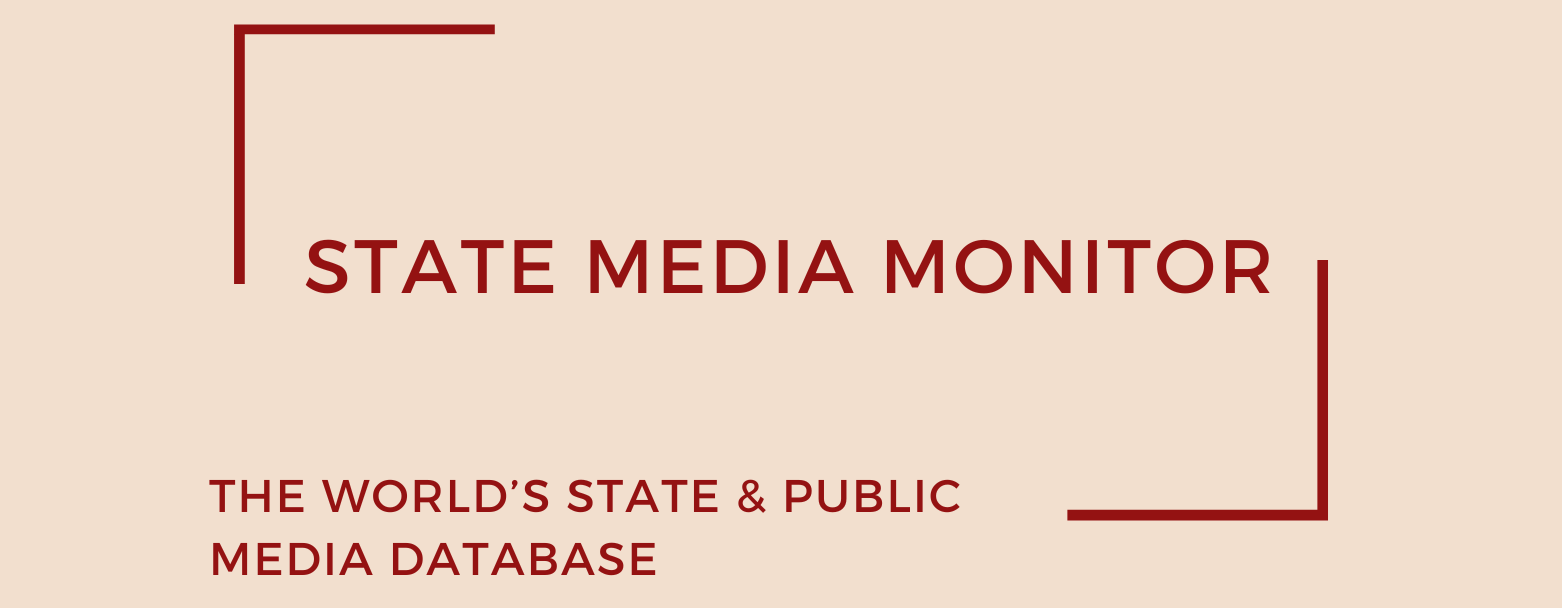State and Public Media in Eurasia in 2021
In the Eurasian region, consisting of former Soviet Union countries, the political and historical ties between these nations are also visible in the similarities of their media landscapes, characterized by a prominent role of state in media.
The state media operations in these countries, many of which are traditional media such as television and radio, are numerous and reach a large audience. Their popularity makes them attractive for governments, which use them as tools to propagate their agenda.
Some 95% of the 59 state media in the region are editorially controlled by the government, an extremely high rate by any standard. Of those media, 80% fall into the state-controlled media model, and the rest are captured media models such as Channel One, Gazprom Media and National Media Group in Russia, funded predominantly by ad revenue and fitting the captured public/state-managed model, or a slew of media outlets from Azerbaijan including Azad Azerbaijan, Lider TV or ARB Media Group, which fall in the captured private media category.
Each of the 59 state media companies covered by the study in Eurasia runs a variety of news outlets, including newspapers, television and radio stations, and internet portals, an indication of the sheer scale of the government’s presence in the region’s media. Moreover, the influence of the government media has been spreading beyond the region primarily thanks to Russia, which has developed over the past decade not only a powerful domestically-oriented state-controlled media system, but also a sophisticated propaganda machinery catering to foreign audiences.
In Russia, the state controls 13 media companies, most of them mouthpieces for Kremlin, which influence other countries in the region due to their popular rebroadcasting, for example Mir in Belarus and Kazakhstan, and Channel One in Moldova. In addition to that, the influence of Russian media has recently extended to Western countries where they function merely as tools to spread pro-Russian propaganda, disinformation, and anti-Western narratives. This has prompted some countries to take action against Russian media. For example, Lithuania banned the broadcasting of the All-Russia State Television and Radio Broadcasting Company (VGTRK).
In recent years, however, identifying Russian influence in the foreign media has become increasingly difficult as the Russian government has been assiduously building a growing network of foreign-oriented media operations, of which the government remains secretive. Many online portals are hard to track and document, making it difficult for journalists and experts to detect state control. As a result, the number of media outlets that operate outside the Russian borders, affiliated in one way or another with the Russian government, is believed to be much higher than what has been documented so far.
All of the countries in our Eurasia sample have very little, if any, safeguards to enforce editorial independence. Countries in the region, including Azerbaijan, Belarus, Russia, and all Central Asian nations covered by this study, have some of the most restrictive and dangerous media environments in the world. Media workers are facing harsh government control, risking fines and threats on a regular basis if they don’t toe the line.
Most state media are run by those in power, governed directly by the state or by state-run institutions. The rest are owned by powerful businessmen and oligarchs who usually have ties with the ruling politicians. For example, Novyny Holding, which is an example of the captured private model (without state-management) is owned by a businessman who is reportedly close to President Vladimir Putin. All other captured private media in the region operate out of Azerbaijan and are owned by the family or close allies of the country’s president.
The few examples of editorially independent state media in the region are the Public Radio of Armenia, which, following the mass protests in the country in 2018, has managed to gain more independence, the National Public Broadcasting Company (UA:PBC) in Ukraine, which has experienced improved editorial independence after the adoption of the Law on Public Television and Radio in 2014, and Teleradio-Moldova, which enjoys protection through the Audiovisual Services Code as well as an Ombudsman supervising its editorial performance. To some extent, Teleradio-Moldova and UA:PBC have enjoyed more editorial independence in recent years, arguably because they have low audiences, which makes them less attractive for the government.
Citation (cite the article/profile as part of):
Dragomir, M. (2025). State Media Monitor Global Dataset 2025.
Media and Journalism Research Center (MJRC).
Zenodo.
https://doi.org/10.5281/zenodo.17219015
This article/profile is part of the State Media Monitor Global Dataset 2025, a continuously updated dataset published by the Media and Journalism Research Center (MJRC).
